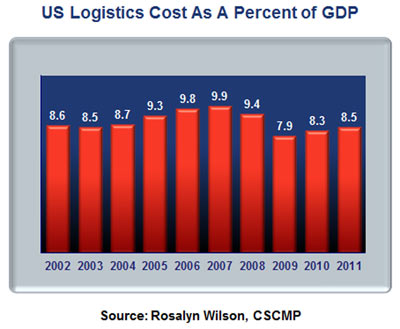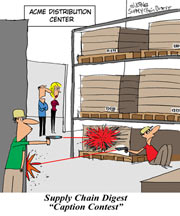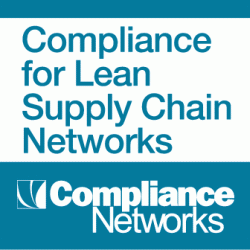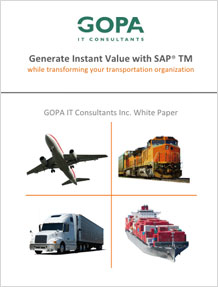 |
June 14, 2012 - Supply Chain Newsletter |
 |
This Week In SCDigest
| FEATURED SPONSOR: COMPLIANCE NETWORKS |
 |
Visibility Means Cash, Spring 2012 Retail Supply Chain Videocasts, Lean Freight Performance Via Timely Freight Post-Audits, Summer Conferences and more... |
|
|
||||||||||||||||||||||||||||||
Tuesday's Videocast:
Operations Rules for Driving
Business Value & Growth
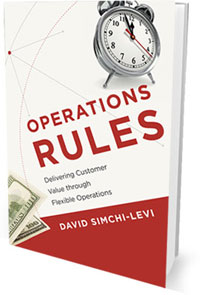
Part 3: Complexity Reduction: Long Tail Analysis
Benefit from Clear Actionable Insight
into your Product Market Performance
Featuring Dr. David Simchi-Levi of MIT
On Demand Videocast:
On the Trail to Traceability

Successfully Executing Recalls
in an Era of New Legislation, New Complexity, New Challenges
Featuring Simon Ellis, Practice Director,
Supply Chain Strategies for IDC Manufacturing Insights, and Dave Bruno, Editor of Commerce in Motion
MAJOR NEW RESEARCH PROJECT
Supply Chain
Execution 2012
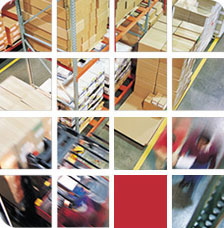
Research Questions: What is current state of Logistics/Supply Chain Execution Technology (WMS, TMS, Visibility, etc.)? What are the Key Trends in Adoption? How Prevalent is new SCE "Platform" Thinking?
Can you please help by taking this quick 10 minute survey? All respondents will receive a summary of the data in just a few weeks.
Well, we were actually quite pleased to see we got a number of feedbacks from Longshoremen who took exception to our article summarizing the Pacific Maritime Association's annual report. The PMA manages labor negotiatons and payroll for West coast terminals and ports, among other functions. We let the comments and a couple of editor's notes from us speak for themselves. But we will check out the real annual wage rates, as one reader suggests, though we have a hard time believing the PMA is making it up. But we will check. Feedback on PMA Annual Report |
|
Jason Stutes Editor's Note: We are pretty sure the PMA's reference to proven port automation is mostly in larger ports. |
|
The salary information written in this article is complete fantasy [average $129,000 or so]. I have been working in the port of SF/Oakland for 7 years and have yet to pass the $90,000 mark. That is working 6 days a week. They are taking a few crane drivers that are on steady call backs and using this for the average salary. Maybe do a bit more research and due diligence before you publish. As a reporter you should be ashamed for allowing a company to give you such false information without fact checking it. Jerry Editor's Note: We are simply publishing the data from the Pacific Maritime Association's annual report, which had an air of legitimacy to us. But we will check. |
|
No name given
|
|
So let's eliminate all port jobs [through automation] and then who is going to buy all the "stuff"? No name given
|
|
SUPPLY CHAIN TRIVIA ANSWER
Q: In the just released annual DC metrics study from WERC, what was the median level of distribution costs as a percent of sales?
A: 3.7%.
| © SupplyChainDigest™ 2003-2012. All Rights Reserved. SupplyChainDigest PO Box 714 Springboro, Ohio 45066 |
POWERED BY: XDIMENSION |

